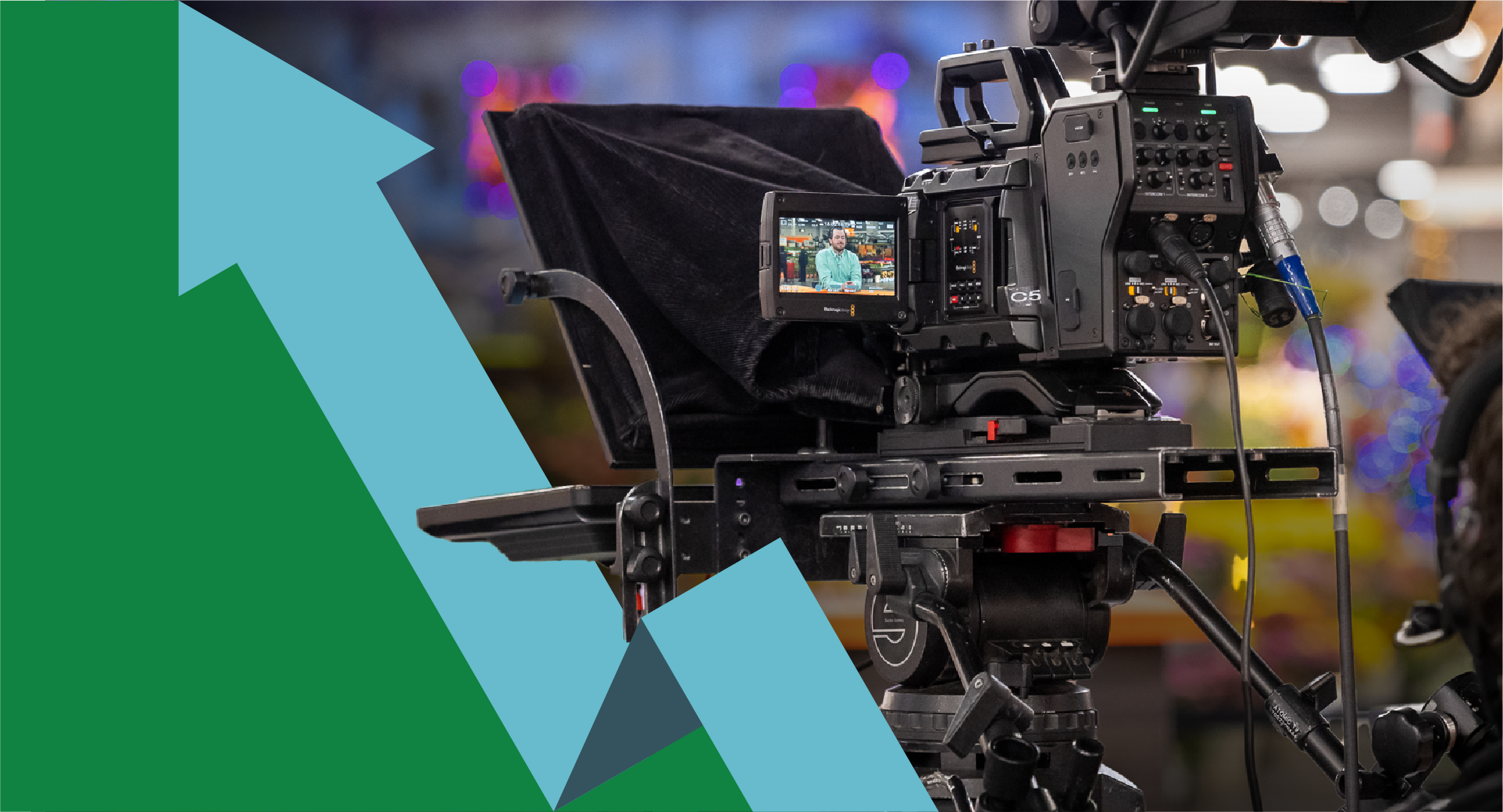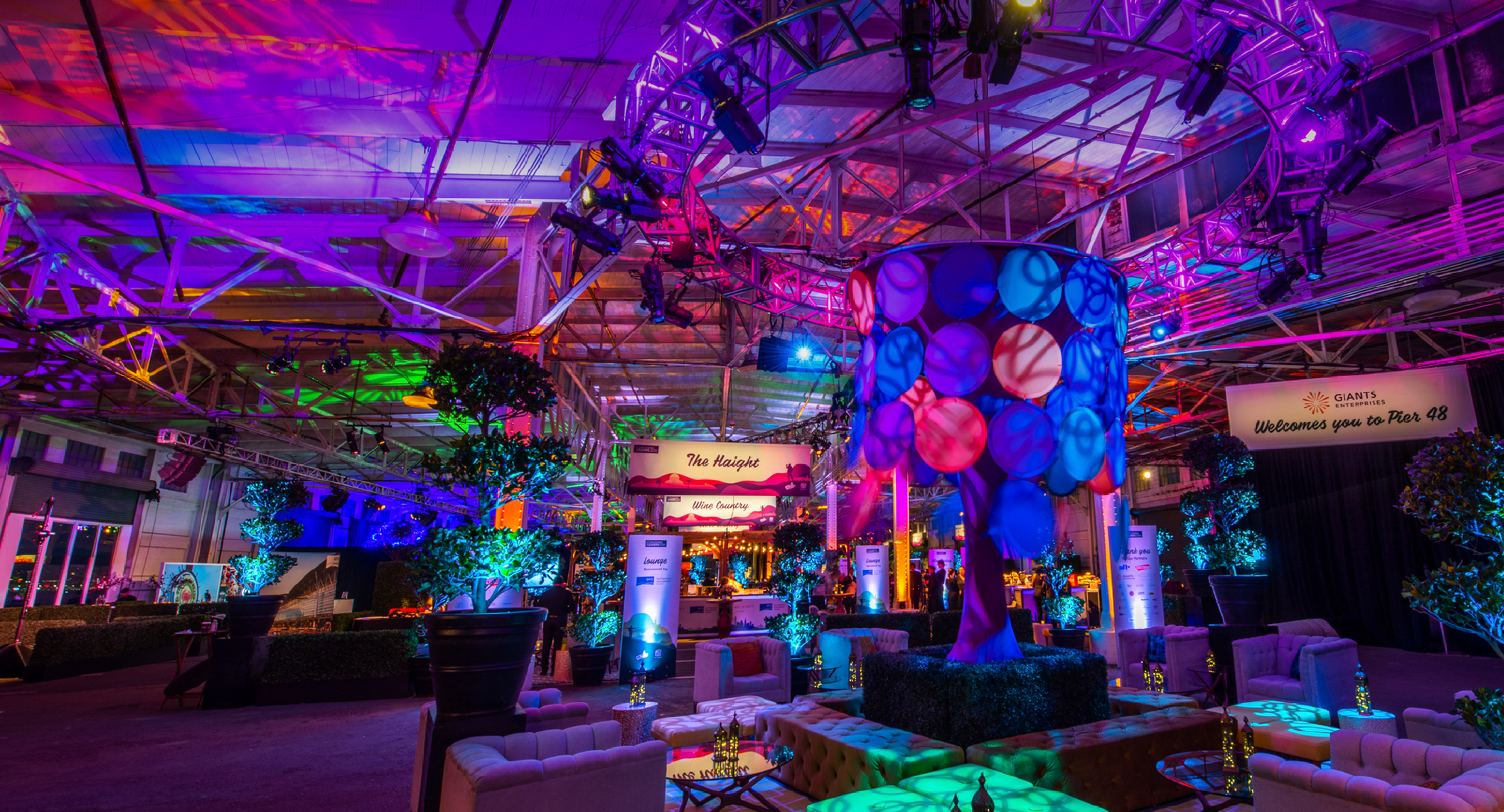How to Take a “Story First” Approach to Event Planning (Part 1)
Friday August 9, 2024
6 Min Read
What you need to know
- Start from a creative brief to capture important details that define event strategy
- Identify an appropriate setting and timeline to achieve your attendees’ goals
- Design experiences that bring people into the action and position them as protagonists
Setting a successful creative event strategy starts with knowing how to tell a good story. Event professionals who approach event planning like they’re drafting a bestselling book or blockbuster screenplay create a more engrossing experience for attendees. Instead of executing against a checklist, they’re plotting opportunities to forge emotional connections.
You don’t need to be James Patterson to keep an attendee’s attention. Or Greta Gerwig to get people laughing during breakouts and tearing up in a general session. Embracing a storyteller’s sensibilities starts by asking the right questions and taking inspiration from your surroundings. A storyteller’s job boils down to their ability to inspire empathy.
Capture the “big picture” in a creative brief
The most memorable experiences tell a compelling narrative rooted in the client’s vision. Outlining a creative strategy helps event marketers understand and convey important details about the event. The creative brief will guide every aspect of your project. Draft it before determining any logistical or technical details.
First, gather the important non-negotiable client details. Some of this information may already be defined through an event RFP process. Your creative brief should include:
- Brand statement
- Audience
- Key stakeholders
- Budget
- Event objective
These are the basic facts of the event, but event experts think beyond the bullet points. Taking a “Story First” approach to creative strategy ensures that every element—from scripting and spatial design to activations and multimedia—presents attendees with a cohesive and engaging experience. It also reassures clients that we understand their goals and allows them to see themselves in our ideas.
Collaborative conversations add depth around the who, what, when, where, why. These questions help us kick off our planning process with partners:
- Who is the hero of this story and what do we want them to take away?
- Helps you personalize your audience and main message.
- What is the attendee journey?
- Maps their experience of sessions/activities to emotional touchpoints.
- What is the setting?
- Deepens the venue activation to evoke a mood that appeals to the senses.
- What are compelling details?
- Includes a multimedia approach and other important components.
- What is a meaningful resolution?
- Frames success as an intentional and actionable event execution.
Don’t expect to have all the answers right away. Getting curious is part of the process. Research and discovery sessions uncover unique insights that inspire personal touches and over-the-top opportunities that people will remember. More granular questions narrow the path to event strategy that connects with a given audience.
Ask:
- Do you have any internal language or catchphrases tied to your organizational culture?
- What’s the significance of color choices and motifs in your brand logo and headquarters?
Creative briefs evolve from basic information to detailed documents that are, well, anything but concise. Consider everything from this ”big picture” outline to determine both the event theme and the “red thread” or main message you will carry throughout the event. Consistency in visual cues and communications ties the event vibe to the lasting takeaway.
Gut check: Can you summarize why the “big picture” concept will work in 50 words or less? Get tight on what the essential experience for attendees will be.
Cast your event attendee as the hero
Immersive events put attendees in the center of the action. Empowering your main character requires digging into their role and what drives them. Are attendees:
- Industry professionals looking to communicate ideas to their peers?
- Customers eagerly anticipating a product launch?
- Employees celebrating an organizational milestone?
- Interns who are getting their first taste of your employer brand?
- Donors who want to feel inspired by your mission?
Related: See how setting an event strategy generated million-dollar nonprofit impact.
Demographics are part of the puzzle. But deeper research gets to attendee needs and desires. Motivation is essential to crafting an experience that resonates. Sometimes, social media can reveal more about their mindset and priorities than information from other channels.
Look up what your audience is posting about and who they are following on LinkedIn and Instagram. What words do they use to describe themselves? This isn’t just helpful for communicating event details. Social listening can also inform on-site activations—and help you build trust with attendees.
Great stories and growth journeys engage the hero in some kind of conflict or tension. Make attendees feel like they belong, but think about how to challenge them, too. Concepts unfold in brainstorming sessions that lead to “spaghetti diagrams” with three tiers of creative ideas: safe, middle of the road, out-of-the-box/pie-in-the-sky.
If attendees are geared toward building community, for instance, incorporate collaborative activities. You can do this in a variety of ways, such as:
- Mural painting. Participants contribute to a large-scale piece. This can be as simple as adding a single squiggle or mark using a paint color that represents which of the brand’s core values resonate with them the most.
- Empowerment walls. Encourage people to dream, set goals and work toward making their visions a reality. We pop up giant walls with prompts tied to the big picture. For example, a sales kick-off that invites attendees to GO BEYOND could include a series of interactive questions.
- Let your voice be heard and set intentions to go beyond with various prompts each day.
- How will you go beyond?
- How will you help your customers go beyond?
- How will you help your coworkers go beyond?
- How can <insert brand> go beyond to stay relevant in the future?
- Let your voice be heard and set intentions to go beyond with various prompts each day.
- Roundtable storytelling. Designate table hosts who can invite attendees to tell personal and professional stories around a specific topic. Visual tools, like timelines or posters with company values, can help conversation flow.
Gut check: Have you mapped the attendee journey to the emotions you’re trying to evoke? Make sure you accommodate personal needs by leaving enough free time for people to connect with each other or take a break from content. Oftentimes, these interstitial moments between the action are your best opportunity to embed the experience in guests’ memories.
Plotting next steps in your story
In Story First event design, the creative brief is the prologue. Attendee research forms a character sketch. In the next chapter of this series, we’ll explore how to approach setting and uncovering inspiration sources. Then, the plot thickens with even more engaging activation ideas. Stay tuned for the next installment of empathy-centered event design.
See how we go from creative brief to spectacular event storytelling for big-name brands.
Read more stories
View AllAll Posts
Scale Your Story: How Event Video Production Amplifies Emotional Connection
What you need to know In creative event strategy, messaging must transcend the event environment. Video production opens endless possibilities for amplifying storytelling across platforms: Approach video as a must-have asset that anchors your event, with a return on investment that extends long afterward. From pre-show teasers to post-show takeaways, videos serve marketing, training and...
4 Min Read
All Posts
Perfectly Timed Technical Production with Karim Kassab
What you need to know Keeping his cool is part of Karim Kassab’s professional DNA. As a seasoned event producer with over 35 years of hands-on experience, he supervises teams to integrate ambitious technical elements across large-scale programs and events. Staging, lighting, audio, video and special effects—Karim introduces vivid elements into complex technical environments. All...
7 Min Read
All Posts
4 Ways Environmental Designers Support Creative Event Production
Event design draws us out of our everyday environments. Dynamic displays, scenic builds and dramatic stages capture the audience’s attention. Customized spaces come together thanks to the behind-the-scenes talents of environmental designers. These solution-oriented event production experts believe great event design shouldn’t just look incredible. Thoughtful design elements open minds and promote interaction. Here are...
4 Min Read



